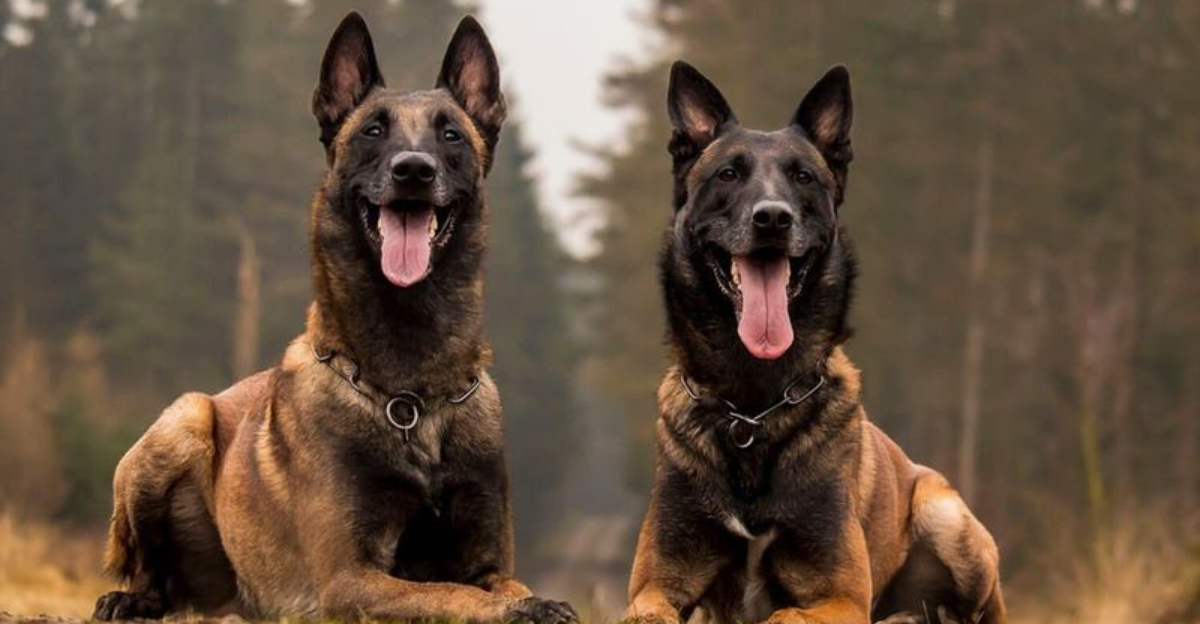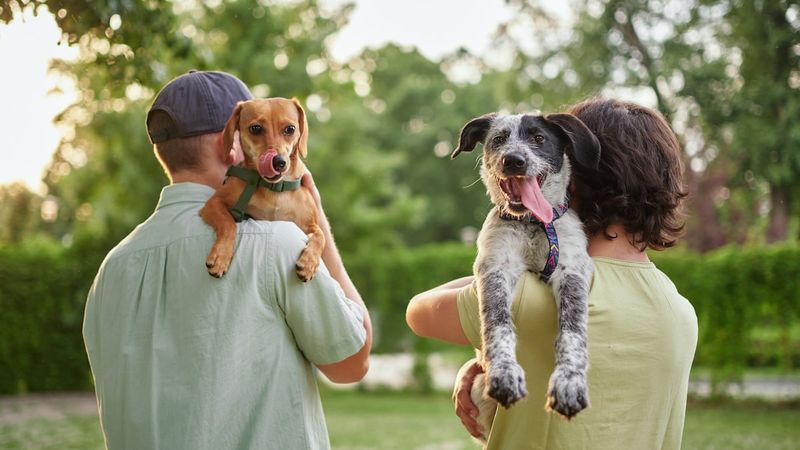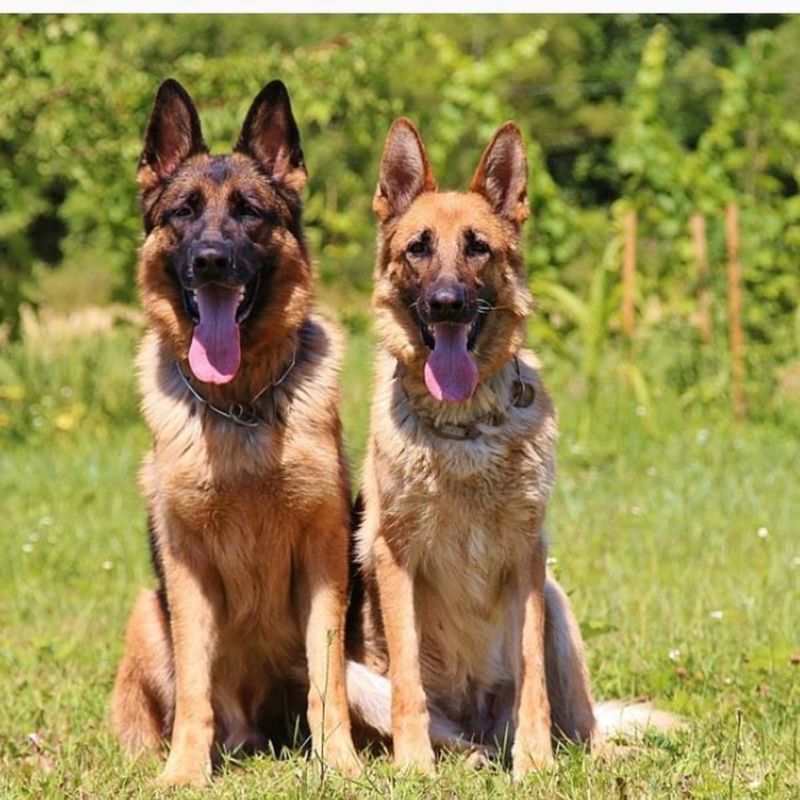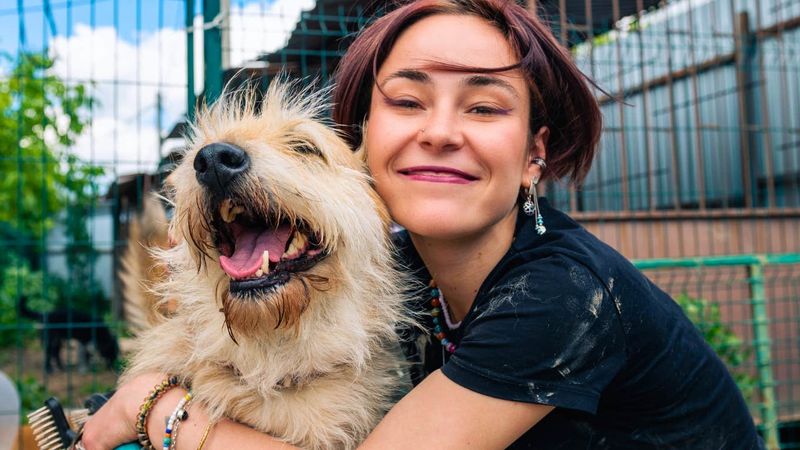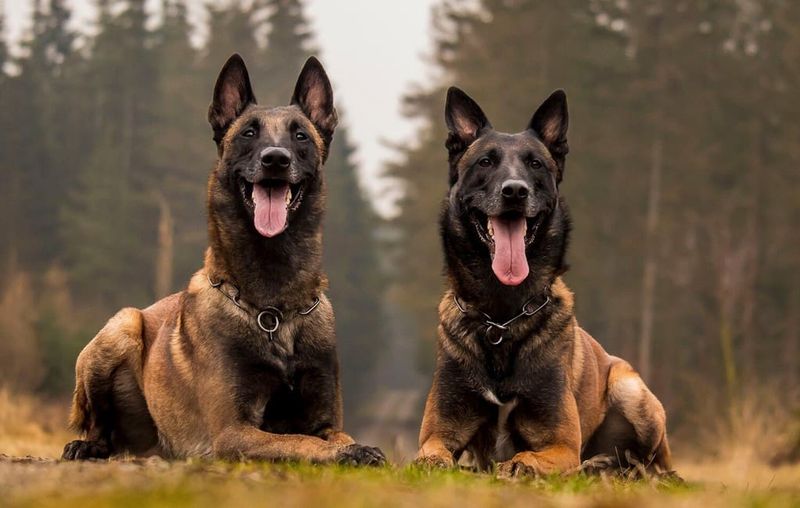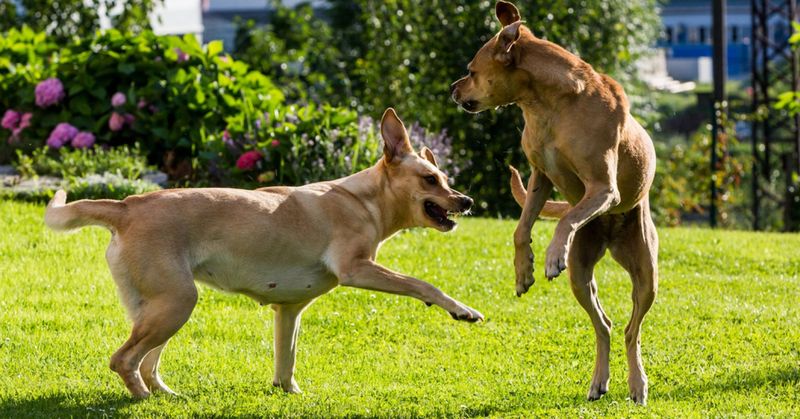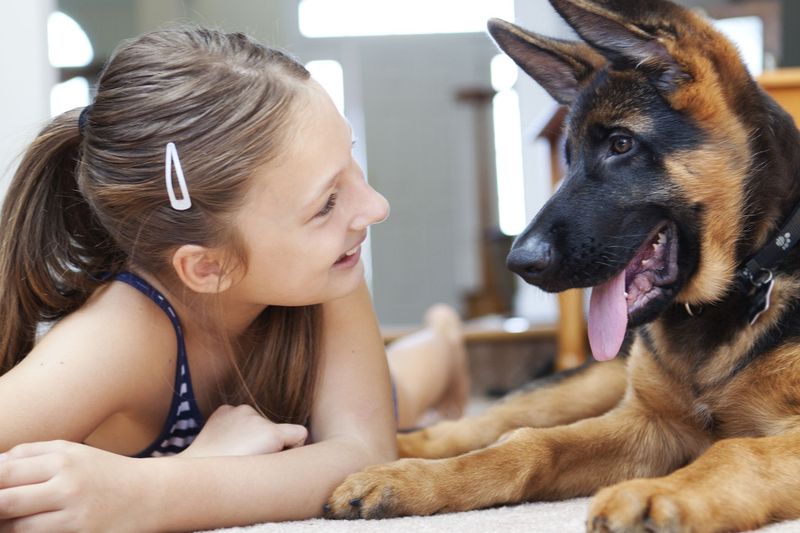Adopting a dog is a joyful journey, but understanding the subtle differences between male and female dogs can enhance your experience. From behavior to health concerns, each gender showcases unique traits that may influence your decision. This guide explores 15 distinctive ways male and female dogs differ, providing insights to help you choose the perfect furry friend for your lifestyle.
Behavioral Tendencies
Male dogs often exhibit more assertive behavior, with a strong desire to establish dominance. They’re explorers at heart, frequently marking new territories. On the other hand, female dogs generally display nurturing qualities, often showing a more reserved demeanor. Their protective instincts make them attentive guardians. This behavioral contrast is a reflection of their inherent roles in the wild. Understanding these tendencies helps in managing expectations and training. While males may require firm guidance, females benefit from gentle encouragement, highlighting the need for tailored approaches in training sessions.
Size Differences
Generally, male dogs are larger than their female counterparts. This difference in size can affect not only their physical presence but also their energy levels and dietary needs. For instance, larger males might require more exercise to manage their boundless energy. Females, being smaller, often exhibit more agility and grace. Despite these generalizations, each dog’s personality and lifestyle can influence these traits. It’s essential to consider these size variations when planning space and resources, ensuring both genders are comfortable in their environment.
Health Considerations
Health concerns can vary between male and female dogs. Males are prone to testicular cancer and prostate issues, whereas females may encounter uterine infections and mammary tumors. Spaying and neutering can mitigate many of these risks. Additionally, females might experience mood changes during their heat cycles, affecting their behavior temporarily. Understanding these health dynamics is crucial for proactive care and informed decision-making. Regular veterinary check-ups are vital for early detection and management of gender-specific health issues, ensuring a long and healthy life for your canine companion.
Training Responsiveness
Training a dog requires patience and understanding, especially when considering gender differences. Male dogs, with their dominant nature, might take longer to respond to commands and require persistent reinforcement. Females, often more eager to please, tend to pick up training cues quickly, making them easier to train in many cases. This responsiveness difference is rooted in their social structures in the wild. Adopting training methods that cater to these innate characteristics can enhance effectiveness, fostering a harmonious relationship with your pet.
Affection Levels
When it comes to displaying affection, male and female dogs can vary significantly. Males are typically more demonstrative, seeking physical interactions and attention. Their boisterous affection can be heartwarming and entertaining. Conversely, females often show affection in quieter, more subtle ways, valuing companionship over constant interaction. This gentle approach can be calming and nurturing, creating a serene atmosphere at home. Recognizing these affection styles can help in choosing a pet that aligns with your household’s dynamic, ensuring a supportive and loving environment for your new family member.
Social Interactions
Social behavior in dogs can be influenced by gender. Males are often more social, eagerly engaging with both humans and other dogs. Their outgoing nature drives them to be the life of the dog park. In contrast, females may be more selective with their social interactions, forming strong bonds with a few rather than mingling broadly. This selectiveness can lead to deeper relationships, rooted in trust and understanding. Understanding these interaction styles is key in fostering a social environment that meets your dog’s needs and enhances their well-being.
Marking and Territoriality
Marking is a natural behavior in dogs, often more pronounced in males. They tend to mark their territory frequently, showcasing dominance and presence. Females, while also marking, do so less often and with different motives, often related to mating cycles. This territorial behavior offers insight into their instinctual drives. Managing these habits involves consistent training and understanding their motivations. Creating an environment that respects their need for territory while minimizing excessive marking can lead to a balanced coexistence.
Energy Levels
Energy levels can differ greatly between male and female dogs. Males are typically more energetic, often requiring extensive playtime and exercise to expend their vigour. Their zest for life keeps them active and engaged. Females, while also active, may exhibit more balanced energy levels, enjoying both play and relaxation. This contrast can influence daily routines and the type of activities you plan. Understanding these energy needs ensures that your dog receives the appropriate mental and physical stimulation, contributing to their overall happiness and health.
Grooming Needs
Grooming can vary between male and female dogs, influenced by coat type and seasonal shedding. Males, with their larger size, might have more extensive grooming requirements, especially breeds with thick coats. Females, though generally easier to groom, still need regular maintenance to keep their coats healthy and shiny. This grooming routine is essential for hygiene and bonding. Implementing a consistent grooming schedule tailored to your pet’s needs not only ensures cleanliness but also strengthens your relationship through regular, loving touch.
Dietary Preferences
Dietary needs can vary between male and female dogs based on size, activity level, and health considerations. Males, being larger, often require more calories to support their active lifestyle. Females might have specific dietary needs during pregnancy or lactation. Understanding these preferences ensures a balanced diet that supports their health and vitality. Consulting with a veterinarian can provide insights into the best nutritional plans tailored to your dog’s gender, promoting a long and healthy life. Proper nutrition plays a crucial role in maintaining energy levels and overall wellness.
Lifespan Variations
Lifespan can sometimes differ between male and female dogs, influenced by genetics and health factors. Generally, females tend to live slightly longer, attributed to their robust health. This longevity can be a consideration for those seeking a lifelong companion. Understanding potential lifespan differences can aid in planning for future needs and care. It’s important to provide both genders with a nurturing environment and regular veterinary care to maximize their years and maintain quality of life. A holistic approach to wellness supports a long, happy life together.
Aggression Levels
Aggression can manifest differently in male and female dogs, often driven by hormonal influences. Males may display more aggression, particularly if unneutered, as they establish dominance. Females, while generally calmer, can become protective, especially of their young or territory. Understanding these aggression triggers helps in managing behavior effectively. Training and socialization from a young age are key in mitigating aggressive tendencies, fostering a peaceful home environment. Recognizing and respecting these differences enhances harmony and safety for both the dog and those around them.
Independence Levels
Independence in dogs can be influenced by gender, with variations seen in their day-to-day interactions. Male dogs often exhibit more independence, enjoying solitary explorations and less reliant on constant companionship. This trait can be advantageous for owners who value a self-sufficient pet. Females, however, may seek more interaction, valuing closeness and engagement with their human family. This need for connection fosters a different dynamic, where companionship becomes a central aspect of their relationship. Balancing independence with interaction is crucial for a fulfilling pet-owner partnership.
Maturity Rates
Maturity rates can vary, with male dogs often taking longer to mature than females. This delayed development means males might exhibit puppy-like behavior well into adulthood, requiring patience and understanding. Females, on the other hand, often mature faster, showcasing adult behavior earlier and stabilizing sooner. This difference in maturity affects training and socialization approaches. Recognizing these developmental timelines enables tailored strategies that accommodate their growth, fostering a smooth transition into adulthood. It highlights the importance of nurturing patience and adaptability as a pet owner.
Protectiveness
Protectiveness is a common trait in dogs, with variations between genders. Males often exhibit an instinct to guard their territory and family with vigor, showcasing their strength and confidence. Females, while also protective, may focus more on nurturing and guarding their loved ones quietly. This gentle yet firm protectiveness is heartwarming and reassuring. Understanding these protective behaviors can guide training and interactions, ensuring a safe environment. Fostering these instincts positively ensures they grow into well-balanced companions, providing security and comfort for their human family.
